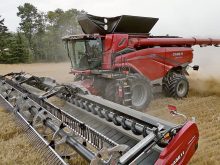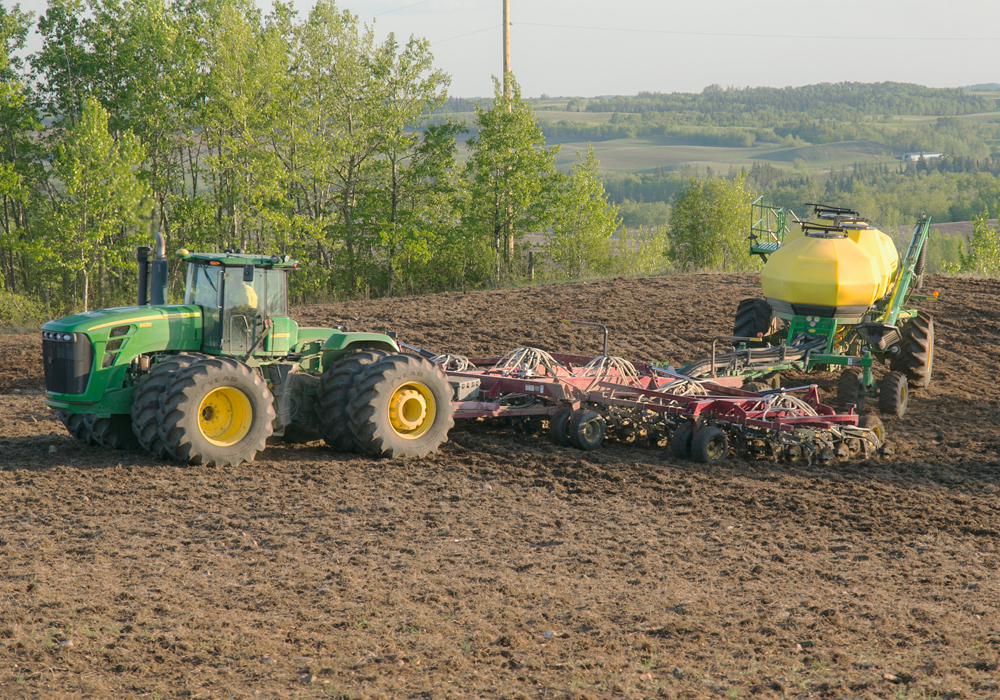If Blaine Pedersen gets his way, one issue will dominate the conversation at coffee shops this winter in Carman, Elm Creek and other towns in south-central Manitoba. That topic is Bipole III, a power transmission line that Manitoba Hydro, the provincial energy utility, wants to build through the region.
“We’re out to stop this line, that’s what our goal is,” said Pedersen, Progressive Conservative MLA for the constituency of Carman. “Let’s make it a fight … we need to band together here and put up a united front against this.”
Read Also

Agriculture ministers commit to enhancing competitiveness
Canadian ag ministers said they want to ensure farmers, ranchers and processors are competitive through ongoing regulatory reform and business risk management programs that work.
Pedersen should have an easy time rallying the residents in the area, because the proposed 500 kV power line has been a controversial issue across the province for many months.
The purpose of Bipole III is to transmit electricity to the southern half of the province from existing and proposed hydroelectric dams in northern Manitoba. The line is required to improve the reliability of the province’s power grid, according to a Manitoba Hydro newsletter.
In 2008, the provincial government refused to permit the most direct route for the transmission line, via the east side of Lake Winnipeg.
Manitoba premier Greg Selinger has said a power line east of the lake would compromise the integrity of the boreal forests in the region. He’s compared the forest to the Great Barrier Reef and the Serengeti National Park in Tanzania, in terms of its ecological value. The government would like to establish the forest as a
UNESCO world heritage site and develop ecotourism in the region.
Manitoba Hydro is considering three alternative routes that run west of Lake Manitoba and cut through prime agricultural land in southern Manitoba.
Glenn Schneider, a spokesperson for the utility, said the proposed routes are 1,288 to 1,471 kilometres in length, 400 to 600 km longer than an eastern route. Cost estimates vary, but Pedersen said the western routes would add $640 million to the cost of Bipole III.
Pedersen said the landowners of south-central Manitoba don’t want a hydro line in their backyard.
“People are mad, they are really mad in this area,” Pedersen said.
“This is the topic in the Carman constituency right now, in terms of politics.”
People are angry because the proposed routes cut across grain land, dairy farms and irrigated land in the region, Pedersen noted.
“Irrigation and hydro lines don’t mix. Absolutely no way,” he said, adding it’s a cost and hassle for farmers if they have to manoeuvre seeding, spraying and harvesting equipment around hydro lines and towers.
“Hydro lines and modern agriculture do not go together,” he said, referring to the increasing size of seeders and spraying equipment.
Farmers will be compensated if the 60 metre right of way runs across their land, said Patrick McGarry, of Hydro’s licensing and environmental assessment department, but it would be a lump sum payment.
“We would need an easement from landowners … so there would be a payment for the acquisition of the easement,” said McGarry. “There would also be a payment for any tower placement within that easement (because) the tower footprint would then be removed from production.”
McGarry would not speculate on how many landowners might be affected, but since the proposed routes stretch to Winnipeg from the Swan River, it’s likely that Bipole III would cut across several hundred farms in Manitoba.
Given that it’s a permanent hassle for farmers, Pedersen would prefer that Hydro offered annual compensation rather than a lump sum payment.
“If Hydro comes to your door and says (they) want to put a hydro line through here, don’t sign anything,” he said. “If it cannot be stopped, at least (farmers should be) fairly compensated for this.”
McGarry said Hydro will announce its choice for a preferred route late this spring or early in the summer.















